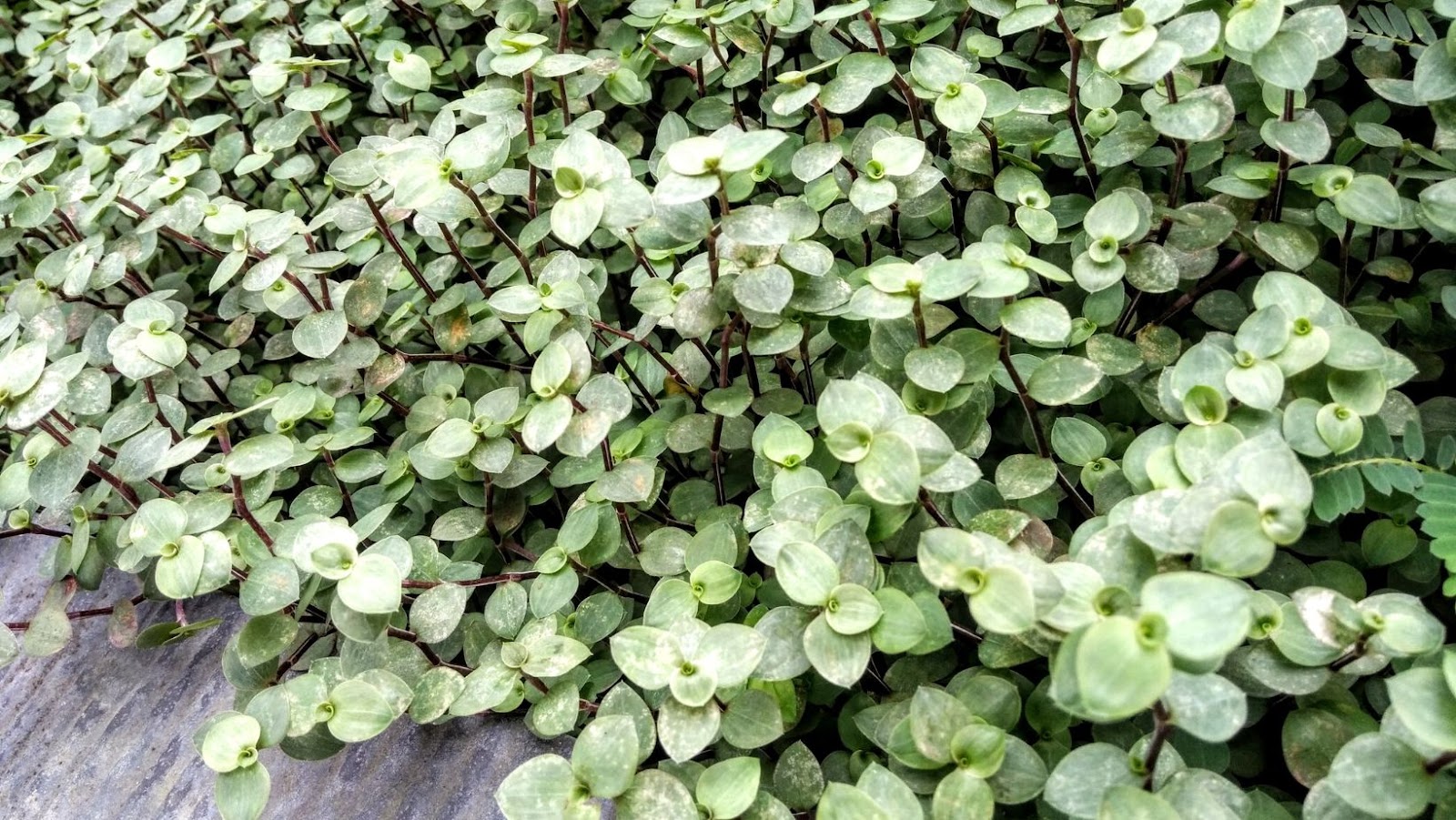Jade plants are beautiful, easy-to-care-for houseplants that can brighten up any space. But if you’re not careful, they can also be dangerous.
That’s right, jade plants can actually be pretty toxic if ingested. So, if you have small children or pets, it’s important to take some precautions. And even if you don’t, it’s still a good idea to know how to properly care for your jade plant. One of the most important things you need to know is how to properly trim a jade plant. If done incorrectly, you can damage the plant or even injure yourself. But don’t worry, we’re here to help.
Follow our simple steps and you’ll be able to safely and easily trim your jade plant like a pro!
Introduction
Jade plants are beautiful, easy-to-care-for houseplants that can live for many years. Though they’re often seen as “lucky plants,” they do require some basic maintenance to keep them healthy and looking their best. Here are a few tips on how to care for your jade plant.
Jade plants are succulents, so they don’t need a lot of water. In fact, overwatering is one of the most common problems with jade plants. Water your jade plant only when the soil is dry to the touch – typically once or twice a week. Jade plants do best in bright, indirect light. Too much direct sunlight can scorch their leaves, so if you live in a sunny climate, it’s best to keep your jade plant in a north- or east-facing window. Jade plants like to be potbound, so don’t be in too much of a hurry to repot them. When you do repot, use a pot that is only slightly larger than the one they’re currently in – no more than 2 inches (5 cm) bigger in diameter.
As your jade plant grows, you may want to prune it to shape it or control its size. Jade plants can be pruned at any time of year, but spring is the best time to do it. Use sharp, clean scissors or gardening shears and cut just above a leaf node (the point where a leaf joins the stem).

What You’ll Need
-A sharp, clean knife or pair of scissors
-A bowl of warm water
-A jade plant
Steps
Jade plants are slow-growing succulents that can live for decades with the proper care. Though they are relatively simple to take care of, they do require some specific conditions to thrive. With a little knowledge and effort, you can keep your jade plant healthy and monitor it for potential problems.
Watering
Jade plants should be watered deeply, but only when the soil is completely dry. Water the plant until it runoff comes out of the drainage hole, then empty the saucer. Allow the plant to dry out completely before watering again.
Fertilizing
Jade plants should be fertilized once a year in the spring using a succulent fertilizer or a cactus fertilizer diluted to half strength. Do not fertilize during the fall and winter months.
Pruning
Jade plants can be pruned at any time of year to control their size or shape. Cut back leggy growth with sharp, clean shears. Remove any dead or dying leaves or stems from the plant as well.

Tips
Here are some tips for caring for your jade plant:
-Jade plants need bright, indirect light. They can tolerate some direct sun, but too much direct sun will scorch the leaves.
-Water jade plants when the soil is dry to the touch. Allow the soil to dry out completely between waterings.
-Jade plants are susceptible to root rot, so be sure to use well-draining soil and pots with drainage holes.
-To encourage growth, fertilize jade plants once a month during the growing season (spring and summer).
-To keep your jade plant looking its best, prune it regularly to shape it and remove any dead or damaged leaves or stems.
How to Cut a Jade Plant
If you have small children or pets, take precautions when growing jade plants. All parts of the plant contain toxins that can cause serious gastrointestinal issues if ingested. The sap can also cause skin irritation in some people. Wash your hands thoroughly after handling the plant or its stem cuttings. Keep jade plants out of reach of small children and pets.
